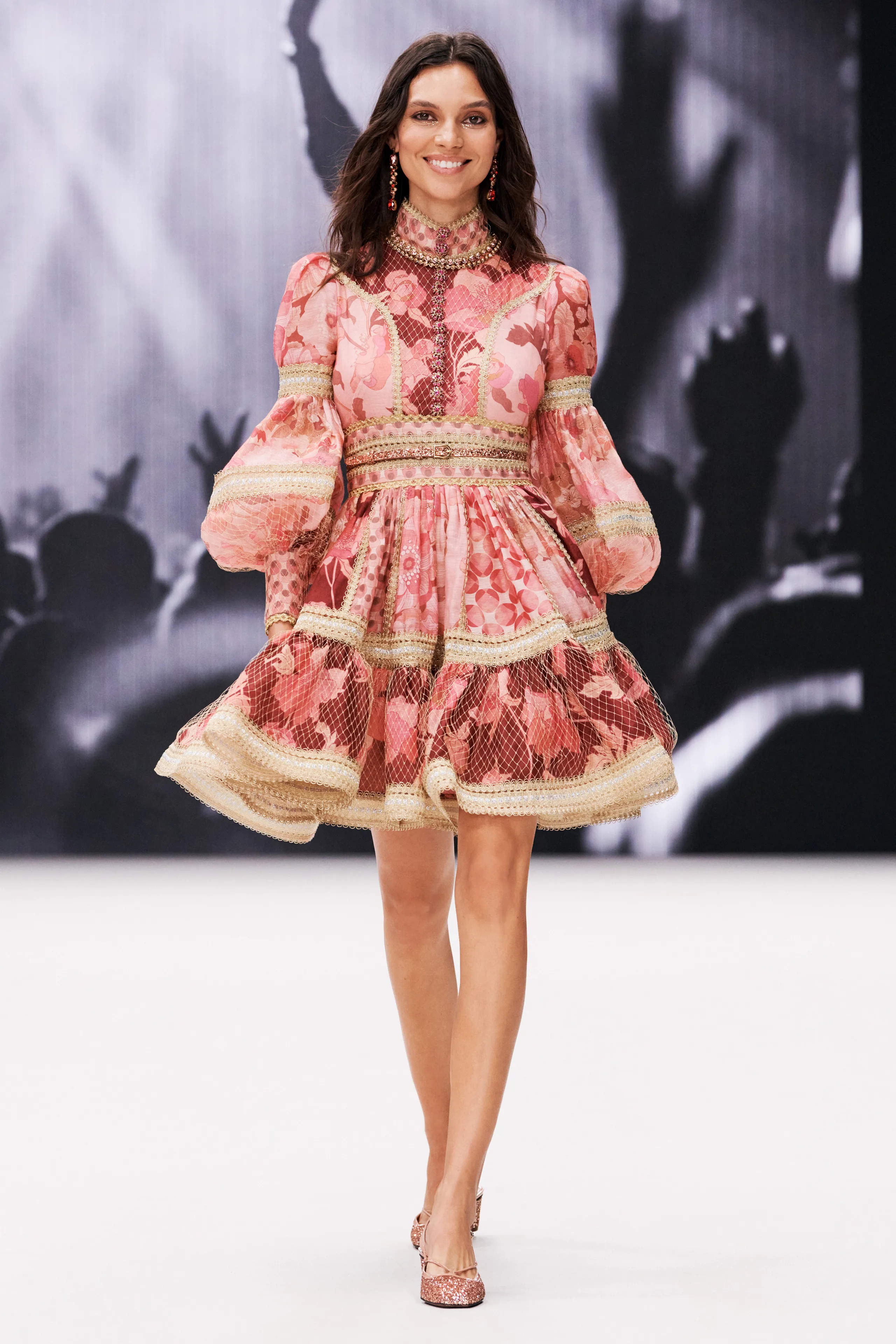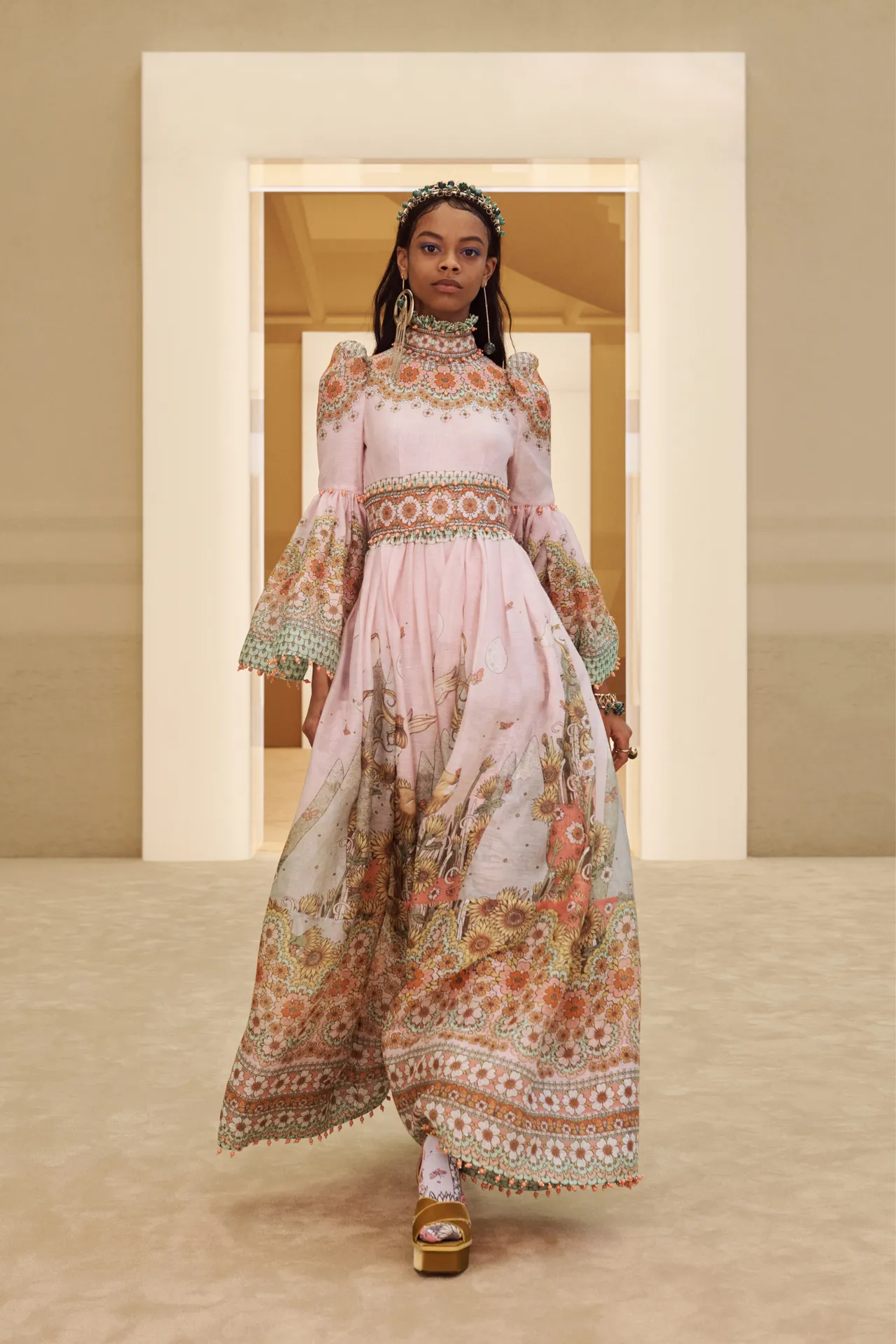PLG Examples: Watermarks
- Khushi Lunkad
- Apr 21, 2024
- 5 min read
Updated: Mar 25
If I told you that...
Watermarks don't have to be visual
That they could still be added to users who've paid you money in order to... remove watermarks.
Or that they could even be added to your enterprise customers in a very sales-led org
Then, you'd probably call me a liar...
Well, watermarks don't need to have a singular edge case.
They don't have to look like a brand vomit, making your product impossible to use in production. There are more ways than one that benefit free users too.
Let's look at some examples.
1. Streamline uses suffix in the name
When users download free icons/illustrations from Streamline, a suffix is added to the icon name. The suffix is a combination of the brand name (Streamline) and the icon family (Ultimate).
It also shows up when users copy/paste the code:
<svg xmlns="http://www.w3.org/2000/svg" fill="none" viewBox="0 0 24 24" height="24" width="24" id="Alert-Bell-Notification-2--Streamline-Ultimate"><desc>Alert Bell Notification 2 Streamline Icon: https://streamlinehq.com</desc><path ...This is helpful for Streamline in a few ways:
Improves recall: When users go back to their downloads folder, they'd see that icons are from Streamline.
Improves internal discoverability: When users share icons in Figma, other teammates in Figma discover Streamline. And tell which set it is from should they want to search.
Improves external discoverability: When users upload icons to their website, Google might be able to detect the asset name. Plus, anyone else who wishes to see where the icons are from can right click and download the same asset. Since it comes attached with the icon name and the set name, it would make re-discovery easier.
This is helpful for the customers in a few ways:
Better dev handoff: Easier to track which icon they used from which set. Devs can quickly find the same icon on our site again and export it in a web-friendly format.
No save necessary: Streamline has lots of sets and people usually stick to one family per design project. Agencies and freelancers will save time when they reopen a design project.
Streamline offers more free and premium content: This helps Streamline spin its virality and reduce CAC. By reducing customer acquisition costs, they can invest more into building a better product for users.
2. Chargebee uses subdomains
My payment to Calendly failed a while ago (thanks to new Reserve Bank of India's regulation 🥲) so I have to manually pay each month. Calendly uses Chargebee as their payment provider.
Chargebee does a couple things right in their PLG acquisition strategy:
If you look closely, you'd see that it's all branded under Calendly, since they're on the enterprise plan. And yet, Chargebee is unmissable for anyone who's looking!
First, they've branded the sub-domain and received a backlink from Calendly in that process.
And two, each CTA has this "Secure Checkout by Chargebee". This is beneficial for Chargebee but also helpful for Calendly if they want to layer on an additional layer of trust in the payment process.
This PLG is a two-way street.
3. Transcend uses a design sleight of hand
Transcend is primarily a sales-led organization with a low volume of customers. They use PLG as a way to acquire more users, by piggybacking on their customers.
The good thing about Transcend is that design is unobtrusive and it almost looks like a design element. You only see the name "Transcend" and the tooltip "Powered by Transcend" on hover.
This is a mindful way to add watermarks while being respectful of your customer's audience. Jasper's audience might not have a high overlap with Transcend's audience. So, this strategy would make sense.
Sumo also uses something similar. Their software auto fills the domain name by suggesting gmail, hotmail etc as soon as you hit the @ key (test on John's site).
This took me by surprise because I've seen it before but didn't know of a plug and play system. So, I was determined to find out which company was it!
You can go a step further, and personalize. Dropbox has a DocSend product, which allows people to share PDFs. One of the features is showing how much time people spent on your deck. With their PLG play, they flip the script and display the metric to the end-user.


See how they've skipped a step with sign up? Instead of having a CTA that redirects to the sign up page, they display all sign up options (google, email/password) right here?
4. Calendly uses terms and conditions
I'm on Calendly's paid plan. Which means, I've paid to remove watermarks and Calendly shouldn't be able to piggyback off of me to grow their audience. And for the most part, they don't.

However, they sneak it in via the terms and conditions mention on each form right above the primary CTA. It says "Calendly's Terms of Use and Privacy Notice".
As a customer, I can't even complain against it or buy my way out of it. The answer to it would be that it's required by law. And Calendly gets a nice prominent position on my form. Sweet.
5. Clean class names and backlinks
If your end users are tech-savvy enough to look at the code, there are ways to make it more easy for them to find you.
When people inspect the code, they should be clearly able to see the brand name.
Example from Ada, a chatbot embedded by Hotjar: The embed has a backlink. It’s also on a sub-domain.
Example from Clearbit, a reverse IP tracking service: Clear naming that says “Clearbit”
Example from Add to Any, a social share embed: Clear class names like addtoany-headlines
❌ Bad Example from OptinMonster, a pop embed: Instead of using “OptinMonster”, they use their template name such as “JacksonVille”? No where do I see a mention of OptinMonster, making this a bad example.
Also, one thing about the embeds/backlinks within is it should look natural. SEO has a grey area relative to widgets and it might be worth checking / having a no-follow link.
6. Zimmerman uses an artistic style
If we step into the world of haute couture, you'd notice that fashion designers have always had watermarks. These are some designs by an Indian designer Gaurav Gupta, and almost all of his designs have those large swirls and pleats. People can recall the artist without ever looking at the watermark.
If I removed the Nike swoosh from a nike t-shirt, you wouldn't be able to tell it's from Nike.
If you look at Zimmerman, all pieces have the same flowery colors and the same shoulder structure.
It applies to SaaS as well. Can you recognize which chat software Keywords Insights is using?

Or maybe you can guess the name even before it's opened?
If you guessed Intercom, you guessed correctly.
Intercom's design is ubiquitous. Most people can instantly tell when someone's using them. Eventually your watermark should become a brand.
This could happen:
if you're already well-known.
if you don't change your brand design often. It pays well to be boring.
if it can be update quickly. If Intercom changes their design tomorrow, it'll be auto-applied to hundreds of thousands of sites that might be using them almost instantly.
Lastly, I hope these examples offer some direction as you build out your PLG strategy. PLG can be self-serve with great UX. But it can also help with acquisition better than you might know!
That's all! I have more examples like these in my PLG vault but they might be a bit much to share on this blog? If you come across some unique examples the world might have not seen before, please drop it in the comment section. You won't even have to sign up to do so!
Want to read more? Here are some deepdives about PLG.
Best,
Khushi
Copyright notice: Remember to credit and link back to my website if you use this material. I find patterns and bucket examples so we can better understand watermarks as a concept.














